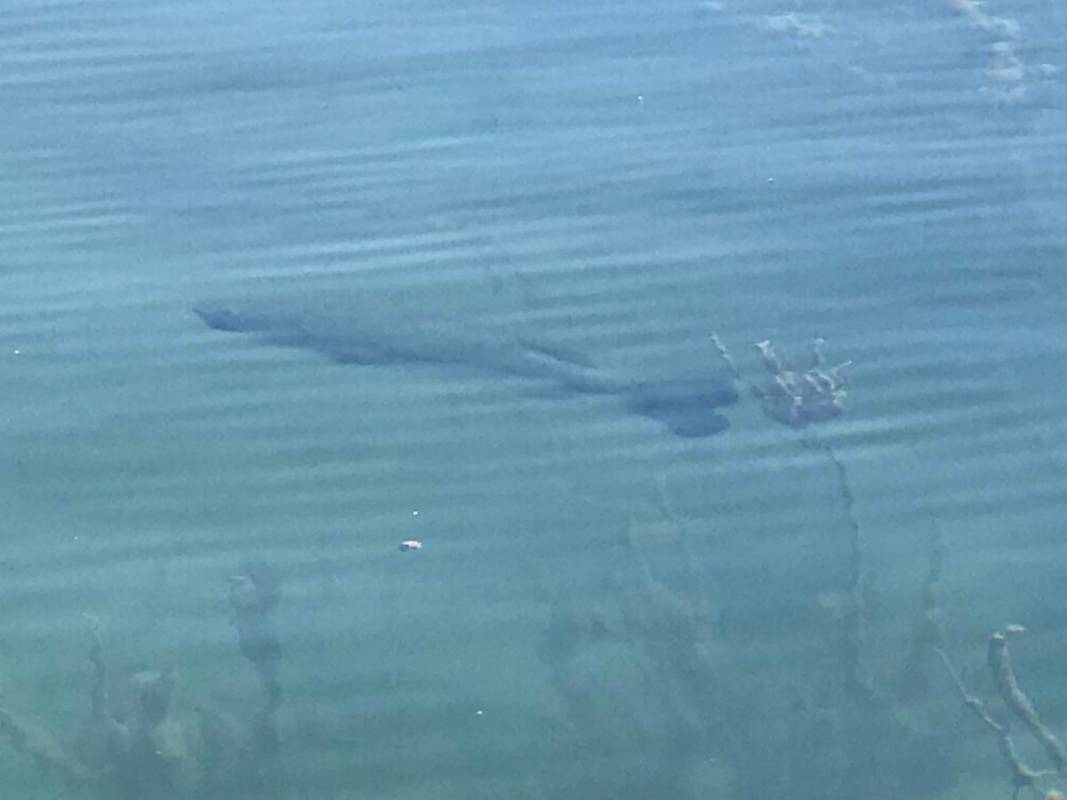Outdoor enthusiasts welcome reopening of favorite haunts

“Are we there yet?”
That universal question has plagued parents of vacationing families around the globe for generations. No matter what their destination, the anticipation of finally getting there makes the distance seem twice as far as it really is.
Dreaming about my Aunt Evelyn’s homemade cinnamon rolls, for instance, always made the trip to her farm in the Uintah basin of Utah seem to take much longer than it actually did. A t multiple points along the line, you can bet at least one of us kids would ask, are we there yet?
Today, outdoor enthusiasts who have been staying home for the past six or seven weeks — though it often seems as if it has been twice that long — to comply with COVID-19 guidelines are asking that same question.
Only rather than inquiring about travel time to a physical destination, they just want to know if it is OK to visit their favorite outdoor haunts, many of which have been closed to public access due to COVID-19 restrictions.
Perhaps the closure with the greatest impact on local anglers has been the one that shut down access to the Nevada side of Lake Mead and Lake Mohave. Not only are these reservoirs two of the country’s largest recreational waterways, but they also are popular destinations for anglers who enjoy reeling in spring bass.
Both hold smallmouth bass as well as the largemouth variety. In recent years, the smallmouth populations have seen tremendous growth, both in numbers of fish and in size. Some anglers have gone so far as to predict the new state record smallmouth will come from Lake Mohave. Given the number of fish weighing more than six pounds that have been caught at Mohave the past couple of years, I think they may be right.
Some of the best bass fishing of the year occurs at the two reservoirs from late March through mid-May when bass move into shallow waters to spawn. By so doing they provide anglers with the opportunity to catch some exceptionally good fish while experiencing some excellent bass fishing. Keep in mind, however, that the two reservoirs are like siblings. They are alike in some ways but ultimately have their own personalities.
In some ways, fishing for bedded bass is like fishing for trout in a small river or stream. That’s primarily because you can see them and then choose the bait you think will work best and the approach you will take. The big difference is that a trout in skinny water can be quite skittish and easily spooked from its spot while a bass guarding a nest will generally hold its position or remain somewhere nearby.
Oftentimes it becomes a battle of wills. He will let you try multiple baits until you finally throw something he just can’t leave alone, or you decide you have had enough and opt to look elsewhere for another fish.
Knowing they have been missing out on what many consider to be the height of bass fishing has not made staying at home any easier for bass fishermen, but they can now breathe a collective sigh of relief and load their gear. As of last Saturday, the Lake Mead National Recreation Area opened its check stations to visitors holding an annual pass. If you do not have one or if yours is expired, you will need to buy it online.
“Parking lots, launch ramps, overlooks, beaches and picnic areas will reopen. Boats that are slipped at the marinas may leave their slips to recreate,” according to National Park Service news release. But the recreation area is not yet wide open.
The NPS is using what it described as a phased approach to increasing access on a park-by-park basis. Therefore, there are still some COVID-19 related closures within the recreation area. Those include campgrounds and other places people tend to congregate. Among them are places shore anglers like to frequent: Nelson Landing, Saddle Cove, Government Wash, Crawdad Cove, 8.0 Road and Stewarts Point at Lake Mead. At Lake Mohave closures remain at Nevada Telephone Cove, Six Mile Cove and Nine Mile Cove.
So, are we there yet? Not quite, but almost.
Freelance writer Doug Nielsen is a conservation educator for the Nevada Department of Wildlife. His “In the Outdoors” column, published Thursday, is not affiliated with or endorsed by the NDOW. Any opinions he states in his column are his own. Find him on Facebook at @dougwritesoutdoors. He can be reached at intheoutdoorslv@gmail.com